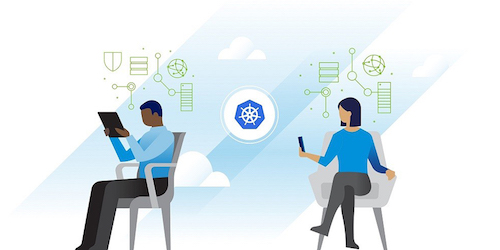
Airline Solutions
- Airline Systems & environments
- Airline eCommerce platforms
- GDS & Middleware platforms
- Airline Passenger Services:
- Reservations
- Inventory
- Ticketing
- Check-In










By 2025, the consumerisation of AI-enabled fraud will fundamentally change enterprise attack surface driving more outsourcing of enterprise trust and focus on security education and awareness.
What are the different types of cybersecurity threats?...
Keeping up with new technologies, security trends and threat intelligence is a challenging task. It is necessary in order to protect information and other assets from cyberthreats, which take many forms.
Malware is a form of malicious software in which any file or program can be used to harm a computer user. Different types of malware include worms, viruses, Trojans and spyware.
Ransomware is another type of malware that involves an attacker locking the victim's computer system files -- typically through encryption -- and demanding a payment to decrypt and unlock them.
Social engineering is an attack that relies on human interaction. It tricks users into breaking security procedures to gain sensitive information that is typically protected.
Phishing is a form of social engineering where fraudulent email or text messages that resemble those from reputable or known sources are sent. Often random attacks, the intent of these messages is to steal sensitive data, such as credit card or login information.
Spear phishing is a type of phishing that has an intended target user, organisation or business.
Insider threats are security breaches or losses caused by humans -- for example, employees, contractors or customers. Insider threats can be malicious or negligent in nature.
Distributed denial-of-service (DDoS) attacks are those in which multiple systems disrupt the traffic of a targeted system, such as a server, website or other network resource. By flooding the target with messages, connection requests or packets, the attackers can slow the system or crash it, preventing legitimate traffic from using it.
Advanced persistent threats (APTs) are prolonged targeted attacks in which an attacker infiltrates a network and remains undetected for long periods of time with the aim to steal data.
Man-in-the-middle (MitM) attacks are eavesdropping attacks that involve an attacker intercepting and relaying messages between two parties who believe they are communicating with each other.
Other common attacks include botnets, drive-by-download attacks, exploit kits, malvertising, vishing, credential stuffing attacks, cross-site scripting (XSS) attacks, SQL injection attacks, business email compromise (BEC) and zero-day exploits.

Aviation Cyber Security means maintaining safe, secure, and resilient operations.
Technology and digitisation bring many advantages to aviation, but at the same time, create challenges in managing cyber vulnerabilities in this complex environment. ...
Security has become a primary challenge for the aviation industry, in aerospace system development and certification. Both the aviation network and aircraft are increasingly connected to the internet and other private networks. These connected services may include Weight & Balance data, Weather Forecasting, Passenger Manifests, High-speed broadband and real-time operational data.
The Aircraft Communication Addressing and Reporting System (ACARS) has traditionally utilized a digital datalink system for transmission of short messages between aircraft and ground stations via air band radio or satellite. ACARS has integrated AoIP (Airline Operations over Internet Protocol), moving away from traditional ACARS VHF messaging technologies.
This technological evolution has clear and undoubted benefits. But the increased connectivity coupled with the use of standard communications protocols has clear implications for security and aircraft safety.